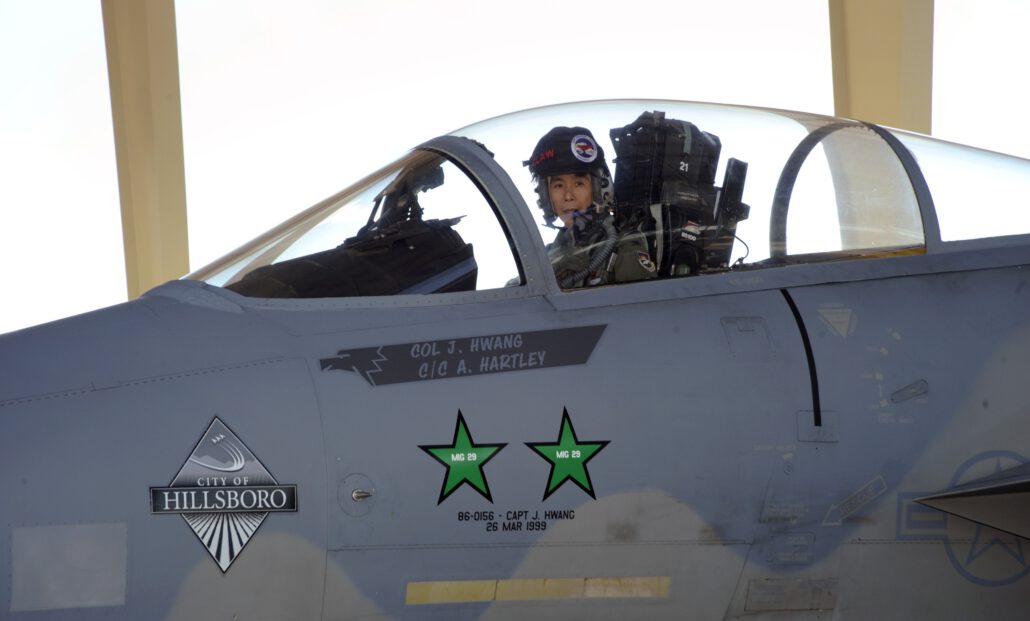The North Atlantic Treaty Organisation (NATO) carried out an aerial bombing campaign against the Federal Republic of Yugoslavia during the Kosovo War. The air strikes lasted from 24 March 1999 to 10 June 1999. The bombings continued until an agreement was reached that led to the withdrawal of Yugoslav armed forces from Kosovo, and the establishment of the United Nations Interim Administration Mission in Kosovo, a UN peacekeeping mission in Kosovo. The official NATO operation code name was “Operation Allied Force” whereas the United States called it “Operation Noble Anvil”; in Yugoslavia the operation was incorrectly called “Merciful Angel” (Serbian: Милосрдни анђео / Milosrdni anđeo) as a result of a misunderstanding or mistranslation.
NATO’s intervention was prompted by Yugoslavia’s bloodshed and ethnic cleansing of Albanians, which drove the Albanians into neighbouring countries and had the potential to destabilize the region. Yugoslavia’s actions had already provoked condemnation by international organisations and agencies such as the UN, NATO, and various INGOs. Yugoslavia refused to sign the Rambouillet Accords which was offered as an initial justification for NATO’s use of force. NATO countries attempted to gain authorisation from the UN Security Council for military action, but were opposed by China and Russia, who indicated that they would veto such a measure. As a result, NATO launched its campaign without the UN’s approval, stating that it was a humanitarian intervention. The UN Charter prohibits the use of force except in the case of a decision by the Security Council under Chapter VII, or self-defence against an armed attack – neither of which were present in this case.
An important portion of the war involved combat between the Yugoslav Air Force and the opposing air forces from NATO. United States Air Force F-15s and F-16s flying from Italian airforce bases attacked the defending Yugoslav fighters, mainly MiG-29s, which were in poor condition due to a lack of spare parts and maintenance. Other NATO forces also contributed to the air war.
During the night of 24/25 March 1999: Yugoslav Air Force scrambled five MiG-29s to counter the initial attacks. Two fighters that took off from Niš Airport were vectored to intercept targets over southern Serbia and Kosovo were dealt with by NATO fighters. The MiG-29 flown by Maj. Dragan Ilić was damaged; he landed with one engine out and the aircraft was later expended as a decoy. The second MiG, flown by Maj. Iljo Arizanov, was shot down by an USAF F-15C piloted by Lt. Col. Cesar Rodriguez. A pair from Batajnica Air Base (Maj. Nebojša Nikolić and Maj. Ljubiša Kulačin) were engaged by USAF Capt. Mike Shower who shot down Nikolić while Kulačin evaded several missiles fired at him, while fighting to bring his malfunctioning systems back to working order. Eventually realising that he could not do anything, and with Batajnica AB under attack, Kulačin diverted to Belgrade Nikola Tesla Airport, hiding his aircraft under the tail of a parked airliner.[91] The fifth and last MiG-29 to get airborne that night was flown by Maj. Predrag Milutinović. Immediately after take-off his radar failed and electrical generator malfunctioned. Shortly after, he was warned of being acquired by fire control radar, but he eluded the opponent by several evasive manoeuvres. Attempting to evade further encounters, he approached Niš Airport, intending to land, when he was possibly hit by an 2K12 Kub in a friendly fire incident, but more probably he was shot down by a KLU F-16AM flown by Maj. Peter Tankink and forced to eject.
In the morning of 25 March, Maj. Slobodan Tešanović stalled his MiG-29 while landing on Ponikve Airbase after a re-basing flight. He ejected safely.
During the war Yugoslav strike aircraft J-22 Oraos and G-4 Super Galebs performed some 20–30 combat missions against the KLA in Kosovo at treetop level causing some casualties. During one of those missions on 25 March 1999, Lt. Colonel Života Ðurić was killed when his J-22 Orao hit a hill in Kosovo. It was never firmly established whether an aircraft malfunction, pilot error or if enemy action (by KLA) was the cause (NATO never claimed they shot it down).
In the afternoon of 25 March 1999 two Yugoslav MiG-29s took off from Batajnica to chase a lone NATO aircraft flying in the direction of the Bosnian border. They crossed the border and were engaged by two US F-15s. Both MiGs were shot down by Captain Jeff Hwang. One MiG pilot, Major Slobodan Perić, having evaded at least one missile before being hit ejected, was later smuggled back to Yugoslavia by the Republika Srpska police. The other pilot, Captain Zoran Radosavljević, did not eject and was killed.
| DATE | CALLSIGN | UNIT | PILOT | AIRCRAFT | SERIAL/BUNO | TARGET(S) | ORDNANCE |
| 24 Mar 99 | KNIFE 13 | 493 FS/48 FW | Rodriguez | F-15C | 86-0169 | MiG-29 | AIM-120 |
| 24 Mar 99 | EDGE 61 | 493 FS/48 FW | Shower | F-15C | 86-0159 | MiG-29 | AIM-120 |
| 26 Mar 99 | DIRK 21 | 493 FS/48 FW | Hwang | F-15C | 86-0156 | MiG-29 | AIM-120 |
| 26 Mar 99 | DIRK 21 | 493 FS/48 FW | Hwang | F-15C | 86-0156 | MiG-29 | AIM-120 |


